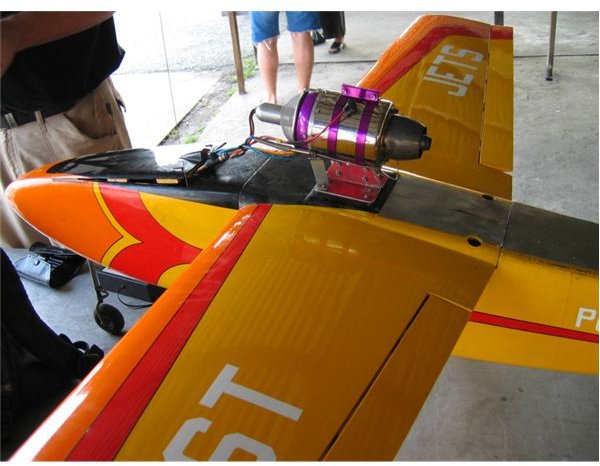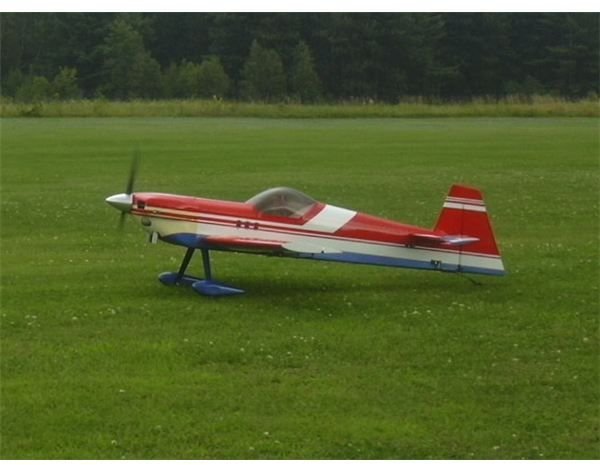Radio Controlled Airplane Engines: How they have Evolved
Rubber Band Engines
One of the first designs for an airplane engine came in the late 1800s from designer Alphonse Penaud, pioneer of aviation technology from France. He invented the basic engine powered by a rubber band that is seen in all types of basic small aircraft such as children’s toys. This idea was utilized in the 1900s to power early airplane designs. The principle of radio controlled airplane engines that use this system are capable of achieving flight for up to an hour, especially when coupled with a gas-powered piston that rewinds the rubber band.
Aviation Control Lines
Some of the oldest designs for radio controlled planes utilize a power cord. Designed by an aviation pioneer named Jim Walker, the system known as U-Control uses a long wire connected to the plane to supply power. Electricity supplied by a battery or combustion engine on the ground is sent through the control line to the aircraft. Although this system is efficient, it requires the pilot to follow the plane as it moves through the air.
Battery Packs for RC Planes
One of the most common forms of powering radio controlled planes is simply a battery-powered motor. The most common models use a brushless DC motor with a nickel metal hydride battery to power the flying machine. However, some designs make use of solar power to charge the engine. Throttle is controlled by the electrical controls, regulating the output from the motor. The overall benefit of this design is the lightweight properties of the engine, creating a better platform to make the radio controlled airplane work.
Internal Combustion Engines in Flight
Heavier models of radio controlled airplanes generally use a form of internal combustion engine to power flight. The most prevalent of these is the glow engine, a device which burns a combination of methanol, nitromethane and synthetic oil. Glow plugs within the engines are heated slowly by an electric reaction until the combustion can begin. A two-stroke cycle then powers the airplane by rotating a crankshaft.
Left: Plane powered by Internal Combustion. (Supplied by KPWM Spotter at Wikimedia Commons; GNU Free Documentation License; https://upload.wikimedia.org/wikipedia/en/5/56/GASMODEL_WIKI.jpg)
Jet Turbine Engines

During the 1980s, development of small turbine engines took place, eventually leading to commercialization. The principle of radio controlled airplane engines of this style are very similar to the larger designs used by passenger aircraft. Multiple blades and propellers inside the fuselage are powered by a two-stroke engine that makes the plane fly at high speeds. These jets are generally powered by A1 jet fuel.
Right: Jet Engine. (Supplied by The ball at Wikimedia Commons; GNU Free Documentation License; https://upload.wikimedia.org/wikipedia/commons/6/6c/PST_Model_Airplane_Jet_Trainer.png)
Resources
“More About Aircraft RC Engines” EasyRC (https://www.easyrc.com/engines/engines2.html)
“The Model Jet Engine” RC Airplane World )https://www.rc-airplane-world.com/model-jet-engine.html)
